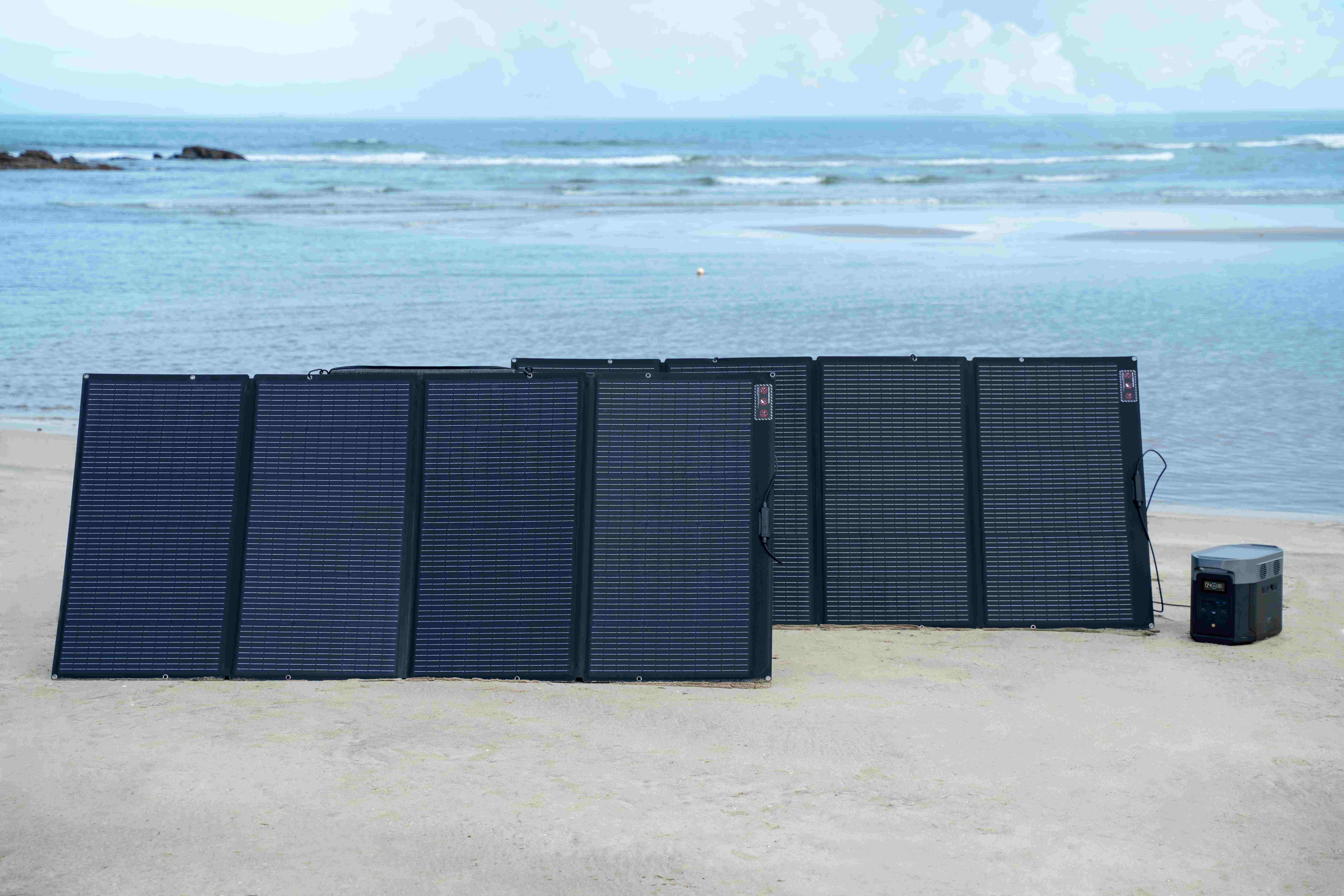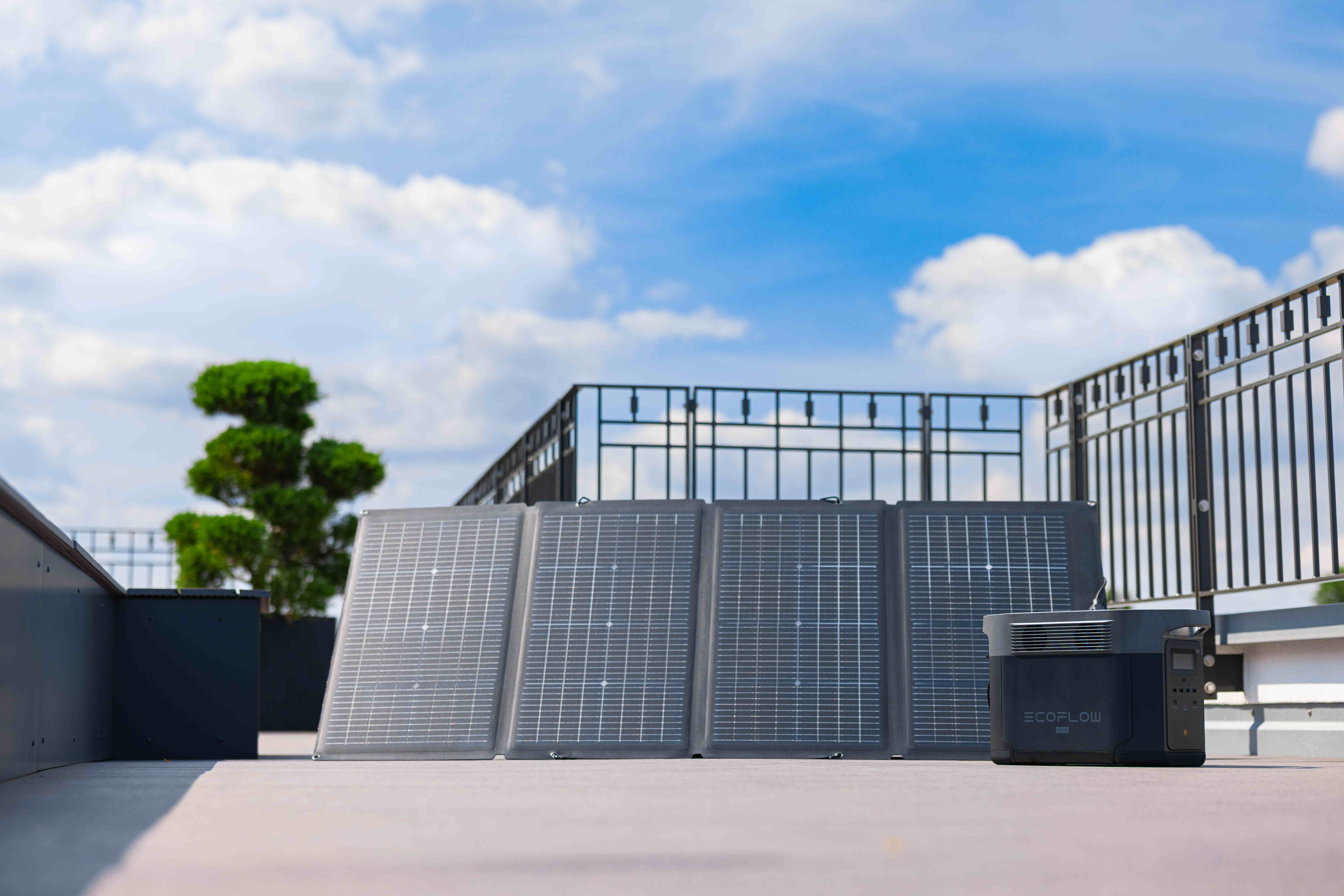A Complete Guide to MC4 Connectors
Solar panels help us catch sunlight. But the power from the sun needs a safe way to flow. That’s where MC4 connectors come in. They are small, but they do an important job. Let’s see how they work and why they matter.
What is an MC4 Connector?
An MC4 connector is a small plastic part with metal inside. It connects solar panels to each other or to a power device. People use them to carry electricity safely.
The name “MC4” means “Multi-Contact, 4 millimeters.” That 4 mm is the size of the metal pin inside.
Most solar panels use MC4 connectors now. These connectors are strong, safe, and simple to use. One is male (with a pin), and the other is female (with a socket). They snap together with a click and stay tight, even outside in the rain.
MC4 connectors are made for outdoor use. They can handle:
- Rain and dust
- Hot sun and cold snow
- High voltages from solar panels
So, people trust them for home solar, RVs, campers, and even boats.
Types of MC4 Connector
Not all MC4 connectors are the same. Some are made for heavy use. Others are easier to plug or unplug. Some are made by special brands. Some come with extra features, like built-in fuses or branch connectors. Below is a table to show the main types:
| Type of MC4 Connector | Feature | Use Case |
| Standard MC4 | Basic male-female pair | Most solar panels |
| Locking MC4 | Harder to unplug | Long-term outdoor installs |
| MC4 with Fuse | Fuse inside the connector | Added safety |
| MC4 Y-Branch | One input, two outputs (or reverse) | Combine or split solar panel lines |
| Tool-Free MC4 | Can be connected by hand | For fast setup, no tools needed |
| Panel-Mounted MC4 | Built into solar panels | Factory-installed on new panels |
Most portable solar panels use standard or tool-free MC4 connectors. Larger home systems may use locking or fused types for safety.
What Are MC4 Connectors Used For?
MC4 connectors are used in any solar power setup. They are not used in cars or regular home outlets. They are only for solar DC systems. Here are the top uses:
- Connecting solar panels. Panels often come with MC4 cables. You can plug one into the next in a chain.
- Linking to charge controllers. The power from solar panels flows through MC4s into a charge controller.
- Connecting to portable power stations. Some portable stations use an MC4 adapter. That’s how they take in solar energy.
- Linking solar to RVs or cabins. MC4 connectors help bring solar power to off-grid homes, trailers, and more.
- Testing or temporary setups. You can use MC4s to build quick systems for testing solar output.
MC4 connectors are made for DC electricity. They are not for AC power (like wall plugs). Also, they are not safe for high-amperage use unless marked so.


Are There Any Alternatives to MC4 Connectors?
Yes. Other connectors do exist. But MC4 is the most common type in solar today. Still, some setups may use different options, especially in older systems or special jobs. Here are the main alternatives:
Many people stay with MC4 for two big reasons: it’s easy to find and fits most panels. Other types may need adapters or custom cables.
Does EcoFlow Use MC4?
In the earlier sections, we looked at what MC4 connectors are and where they are used. Now, let’s focus on a real-world example. EcoFlow, a well-known brand for portable solar solutions, also uses MC4 connectors.
Most EcoFlow solar panels are designed with MC4 connectors. These connectors help link the panels to EcoFlow’s portable power stations, like the DELTA 2 Max or the RIVER 2 Pro. To make the connection simple, EcoFlow provides an MC4-to-XT60 adapter with their power stations. This adapter allows MC4-equipped panels to connect directly into the charging port of EcoFlow units.
Here’s how the setup works:
- EcoFlow panels with MC4: Many models come with built-in MC4 connectors for easy linking.
- Power stations ready for MC4 input: Products like DELTA and RIVER series accept solar input through the MC4-to-XT60 adapter.
- Compatible with other panels: Users can connect third-party MC4 panels to EcoFlow stations if the voltage and current match.
- Flexibility in setup: The same EcoFlow solar panels can also power other brands of batteries or inverters, as long as MC4 connectors are supported.
Before connecting any MC4 system, always check the input voltage and amperage ratings of your power station or battery. This helps avoid overload and ensures a safe, reliable setup.


Final Words
MC4 connectors seem small, but they are a big part of solar power systems. They give us a way to plug panels, wires, and batteries together without worry. If you plan to build or use any solar setup, learning about MC4 is a smart first step.
FAQs
Q1: Can MC4 connectors be used with high-voltage solar arrays?
Yes, but only within specific voltage ratings. Most MC4 connectors are rated for up to 1000V DC, and some newer versions can handle 1500V DC in commercial-grade setups. If your system voltage goes beyond the rating, the insulation can break down, leading to arcing or fire.
Q2: How do MC4 connectors handle current (amperage) limits?
Standard MC4 connectors can safely carry up to 30 amps of direct current. However, the actual safe current depends on wire gauge, connector build quality, and temperature conditions. In hot climates or enclosed systems, it’s safer to de-rate the current capacity by 10–20%. Use connectors with certified amp ratings and pair them with the correct AWG wire (usually 10 AWG for full 30A loads).
Q3: Are MC4 connections considered “touch-safe”?
Yes. MC4 connectors are designed to be touch-proof when properly connected. This means no live metal is exposed during normal use. When unplugged, each end has shielding to prevent accidental contact. However, do not touch the metal pins or sockets during connection work. Use protective gloves and shut down the DC circuit first.
Q4: How can I test if an MC4 connector is installed correctly?
Use a multimeter with continuity test mode to check the flow between connectors. Proper MC4 installation should show steady voltage or resistance values without interruption. Visually, the plastic locking tabs should be fully clicked in place, with no visible metal parts. Pull gently—if the connectors come apart too easily, they’re not locked. For permanent installations, consider a torque wrench to apply the correct pressure when tightening the waterproof seals.
Q5: How long do MC4 connectors last in the field?
A high-quality MC4 connector can last 25 years or more, matching the life span of solar panels. Most failures come from poor installation, not the connector itself. Using proper tools and weather-resistant covers can help the connector last as long as your panel system.
Q6: How many amps can an MC4 handle?
Most MC4 connectors are rated for up to 30 amps of direct current under ideal conditions. In residential systems, actual usage is often under 15A per string. In commercial systems, always consult the connector’s datasheet and factor in derating for safety.
Q7: Which MC4 connector is positive?
In standard wiring, the female MC4 connector is used for the positive (+) side of the circuit, and the male MC4 connector is used for the negative (–) side. But this is not universal. Some manufacturers flip this based on system design or color coding.